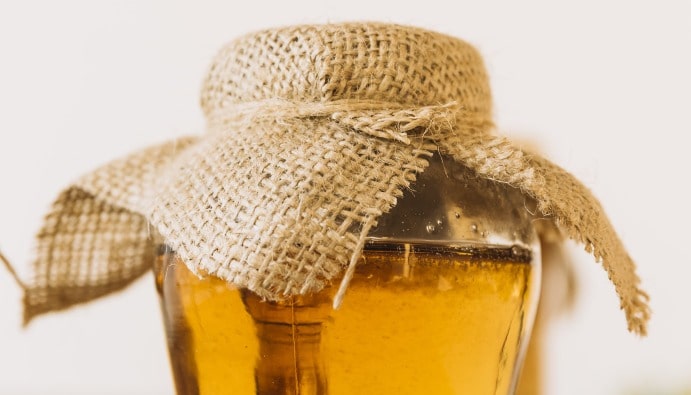Honey Purity Testing
Honey Purity Testing

Honey is a valuable food consumed by people of all ages for a healthy life. Due to both the production process and its value, consumers want to be sure that the honey they buy is not fake. Many imitation and adulteration methods are used to produce fake honey. Fake honey is produced by different methods, such as mixing starch with cheap sugar substances such as artificial fructose syrup, high fructose syrup, maltose syrup and sucrose water, or using maltose and syrup to directly imitate honey.
It is necessary to pass some test and analysis processes in order to determine whether the honey varieties sold on the market shelves are fake.
- Sensory Test: It is evaluated as visual, odor, taste and hand touch in order to determine whether the quality and purity of real and fake honey are deteriorated sensorially.
- Polarimetry: The constant optical rotation of honey changes with the addition of substances with different optical activities. It is possible to detect sugar added to honey by polarimetry.
- Physical and Chemical Tests: Physical and chemical properties of honey include moisture, carbohydrate, amylase value, hydroxymethyl furfural (HMF), acidity, conductivity, pH, density, viscosity, rheology, color etc. By measuring the parameters, information can be obtained about the quality and adulteration of honey.
- Enzyme Activity The unique medical and health care function of honey is closely related to its enzyme. Honey contains various enzymes, such as amylase, sucrase, glucose oxidase, catalase, reductase, lipase, protease and so on. Since amylase is easy to measure and unstable to heat, its content is often used as a quality index to measure the temperature and storage time of honey.
- Differential Scanning Calorimetry (DSC): DSC uses the difference in thermodynamic properties of natural honey and syrup honey to determine the authenticity of honey.
- Nuclear Magnetic Resonance (NMR): NMR refers to the use of nuclear magnetic resonance spectroscopy to determine the characteristic peaks of adulterated substances such as glucose, fructose and sucrose in honey to detect their contents.
- Chromatography: Natural honey, plant volatile components, plant secondary metabolites, bee secretions etc. While not all fake honeys contain these special ingredients. Chromatographic analysis is used for the separation and detection of different components in honey, which can be single component detection or multi component fingerprint analysis.
- Carbon Isotope Ratio Mass Spectrometer (IRMS): Isotope ratio determines whether honey is mixed with C4 plant sugar. can determine.
